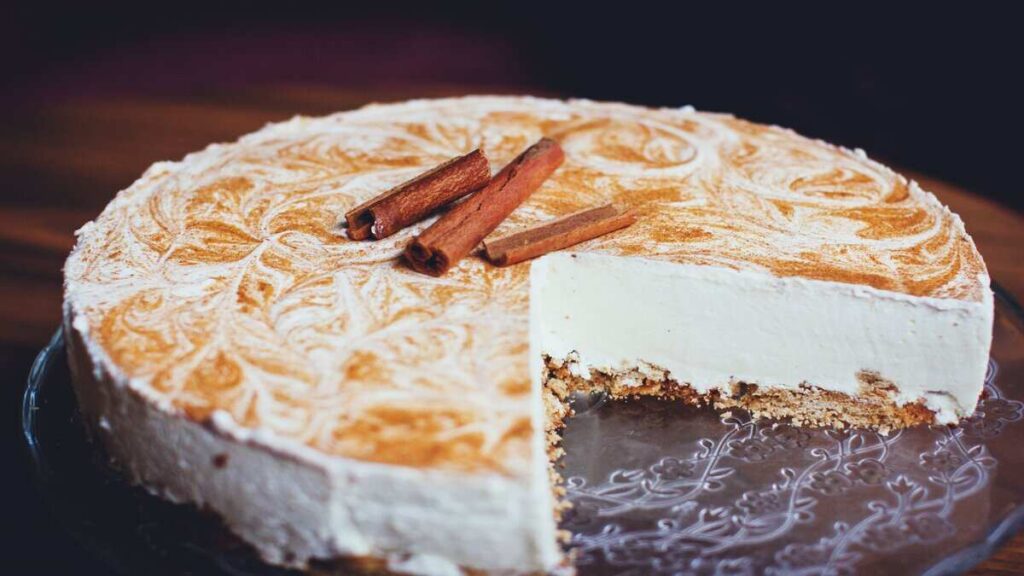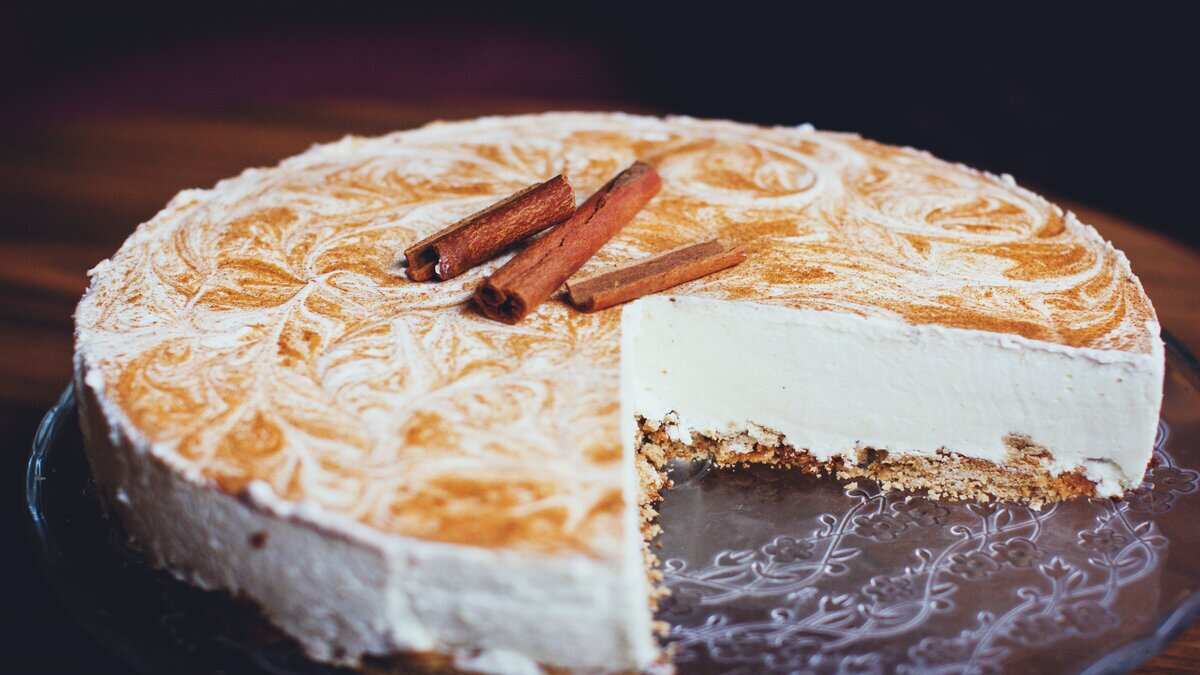Introduction
Cheesecake, a dessert that has stood the test of time, is a masterpiece of creamy textures and indulgent flavors. From casual family dinners to lavish celebrations, it’s a treat that never fails to impress. But what makes cheesecake so universally beloved? Perhaps it’s the perfect balance of sweetness, creaminess, and a slight tang that satisfies every craving. Whatever the reason, cheesecake has earned its rightful place as a culinary icon.
The History of Cheesecake Recipe
Origins of Cheesecake: Ancient Greece to Modern Times
Cheesecake isn’t a modern invention. It dates back to ancient Greece, where it was offered to athletes during the first Olympic Games. The Romans brought their version of cheesecake to Europe, and over centuries, it evolved into the dessert we recognize today.
Evolution of Cheesecake Recipe Around the World
As cheesecake Recipe traveled across continents, each culture added its unique twist. In Japan, cheesecake became a light and fluffy affair, while Italians created a ricotta-based version. Every region’s take on cheesecake adds another layer of richness to its history.
Types of Cheesecake Recipe

Classic New York Style Cheesecake Recipe
The New York cheesecake Recipe is perhaps the most iconic. Known for its dense and creamy texture, this variety relies heavily on cream cheese and often features a graham cracker crust.
No-Bake Cheesecake
Perfect for warm days, no-bake cheesecakes skip the oven altogether. These are usually lighter, relying on whipped cream or gelatin for structure.
Japanese Cheesecake Recipe
A favorite among those who prefer a less rich dessert, Japanese cheesecake is fluffy, almost like a soufflé, and subtly sweet.
Other Regional Variations
From Italian ricotta cheesecakes to basque burnt cheesecakes, there’s a style to suit every palate. Each version offers something special, whether it’s a caramelized top or a light, airy texture.
Ingredients of a Perfect Cheesecake Cheesecake Recipe”
The Role of Cream Cheese
The star ingredient, cream cheese, provides the smooth, velvety texture that makes cheesecake so irresistible.
Importance of Eggs and Dairy
Eggs lend structure, while heavy cream or sour cream adds richness, ensuring the dessert isn’t overly dense.
Sweeteners and Flavorings
A balance of sugar, vanilla extract, and sometimes a hint of lemon zest is essential to achieve the perfect flavor profile.
How to Make Cheesecake Recipe at Home

Making cheesecake at home might seem intimidating, but with the right approach, anyone can master it.
- Prepare the Crust: Crush graham crackers, mix with melted butter, and press into a springform pan.
- Make the Filling: Beat cream cheese, sugar, eggs, and flavorings until smooth.
- Bake: Bake in a water bath to prevent cracks.
- Cool: Let the cheesecake cool completely before chilling it in the fridge.
- Add Toppings: Get creative with fruits, chocolate, or even edible flowers.
Baking Tips for a Perfect Cheesecake Cheesecake Recipe”
- Always use room-temperature ingredients for a smoother batter.
- Avoid overmixing to prevent air bubbles.
- Use a water bath for even cooking.
Common Mistakes in Making Cheesecake
Overbaking Issues
Overbaking can lead to a dry texture and cracked surface. Remember, a slight jiggle in the center is okay when you take it out of the oven.
Cracked Surfaces and How to Avoid Them
Cracks are the bane of many bakers, but they can be avoided by using a water bath and ensuring gradual cooling.
Toppings and Variations
Fruity Toppings: Strawberries, Blueberries, and More
Fresh fruit not only adds color but also complements the richness of cheesecake. Try strawberries, blueberries, or a tropical mango glaze.
Chocolate and Caramel Drizzles
For a decadent touch, drizzle melted chocolate or caramel sauce over the cheesecake.
Savory Cheesecake Options
Cheesecake doesn’t have to be sweet! Savory versions with herbs, cheeses, and even smoked salmon are perfect for brunches or appetizers.
Healthier Cheesecake Alternatives
Low-Sugar Cheesecake
Swap sugar for natural sweeteners like stevia or honey to enjoy a guilt-free dessert.
Gluten-Free and Vegan Options
Gluten-free crusts made from almond flour and vegan fillings using cashews or coconut milk offer delicious alternatives for those with dietary restrictions.
Cheesecake and Its Cultural Significance
Cheesecake has always been a centerpiece at gatherings, from weddings to holiday dinners. In some cultures, it’s even considered a symbol of prosperity and happiness.
Where to Buy the Best Cheesecake
For those who’d rather indulge without baking, there are countless bakeries that specialize in cheesecake. Famous names like Junior’s in New York and Cheesecake Factory have set the bar high.
Storing and Serving Cheesecake
Proper storage is crucial to maintaining freshness. Keep cheesecake refrigerated and slice with a warm knife for clean, even pieces.
Conclusion
Cheesecake is more than just a dessert; it’s an experience. Its rich history, diverse variations, and irresistible taste make it a global favorite. Whether you’re baking one at home or buying it from a famous bakery, cheesecake never fails to deliver joy.
FAQs
- Why is My Cheesecake Not Setting?
Ensure the filling has enough structure by using the right ratio of eggs and cream cheese. Also, adequate chilling is crucial. - How Long Does Cheesecake Last in the Fridge?
Cheesecake can last 4–5 days when stored properly in an airtight container. - Can I Freeze Cheesecake?
Yes, cheesecake freezes well for up to three months. Thaw it overnight in the refrigerator before serving. - What’s the Best Type of Cheese for Cheesecake?
Cream cheese is the classic choice, but mascarpone and ricotta can be used for variations. - How Do I Avoid a Soggy Crust?
Pre-bake the crust and ensure the filling isn’t too liquid to prevent sogginess.
